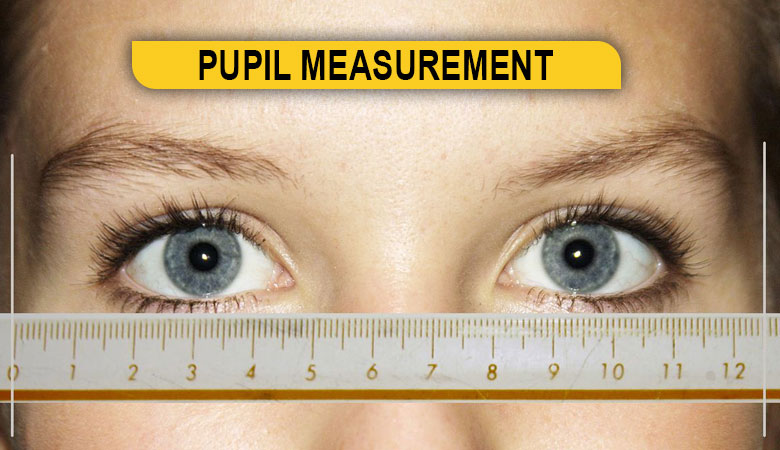
In a critical care setting, pupillary evaluation is important in assessing a patient’s status.
Pupil reactivity and size can tell doctors about the injury’s severity and provide valuable information about the brain. Using a simple tool called a “pupilometer,” which allows doctors to measure each pupil’s size and reaction time individually, they can quickly get important data about a patient without invasive procedures.
Why is pupillary evaluation in a critical care setting important?
Pupil evaluation is a quick and easy way of assessing the severity of a traumatic brain injury.
1. Pupil size evaluation can give you valuable information about the severity of an injury
When a person injured, the pupils can be used to assess the severity of an injury.
When a severe injury occurs, and neural damage occurs, the pupil size becomes smaller or does not dilate. A patient who has suffered from a head injury may have large and fixed pupils and cannot see anything because of the inability to react normally.
In fact, experts have discovered that pupil size evaluation can give doctors valuable information about the severity of an injury. For example,
- When there’s mild head trauma, both eyes normally react by dilating properly.
- When there’s moderate brain damage inflicted on someone because of their accident, only one eye reacts properly while the other remains unchanged (in this case, we are talking about unilateral dilation).
2. Pupil measurement is a quick, easy, and non-invasive way

Pupilometry is a non-invasive, quick, and easy way for pupil measurement.
In fact, it can do with a simple handheld device called a pupilometer. This tool is very useful in critical care settings because it helps physicians diagnose diseases that affect consciousness and mental status; this includes brain injury, stroke, or encephalitis (inflammation of the brain).
3. Irregularities in pupil size and reactivity can tell doctors about traumatic brain injuries
Traumatic brain injuries can also affect the pupils. The temporal pupil dilates and most often affected after an injury.
The size of the pupils will help doctors determine whether a patient has suffered a traumatic brain injury and what grade that injury would be.
Tumors, infections, or strokes may also affect pupils in the brain. In these cases, one eye might have constricted while the other is dilated or vice versa.
What is a pupillary light reflex?
The pupillary light reflex is the response of the pupil to light.
It mediated by the parasympathetic nervous system, which is responsible for constricting or dilating the pupils when exposed to light. The pupillary reflex can measure by shining a small handheld flashlight into each eye and measuring their respective responses or by using a pupilometer.
How is a pupillary evaluation done with a pupilometer?
Pupillary evaluation is a vital part of patient care in critical care settings.
The pupilometer is a handheld device that measures the size of the pupil and how it reacts to light. It is use to evaluate a patient’s pupillary response, which is important in determining whether they have a traumatic brain injury. This is because a patient’s pupils can show the presence or absence of certain conditions, such as traumatic brain injuries.
Pupils are measured by using a pupilometer. It enhances the chance of accuracy in measurement and help doctors provide a better treatment.
The tool comprises two lenses with different focal lengths that can uses to view each eye’s pupil diameter and reactivity (or lack thereof). Physicians should take the measurement separately for both eyes since each has unique characteristics and reactions to light stimuli. However, it’s important to note that any difference between them could show serious medical issues, such as increased intracranial pressure from bleeding within their brain tissue. This means immediate treatment needed.



